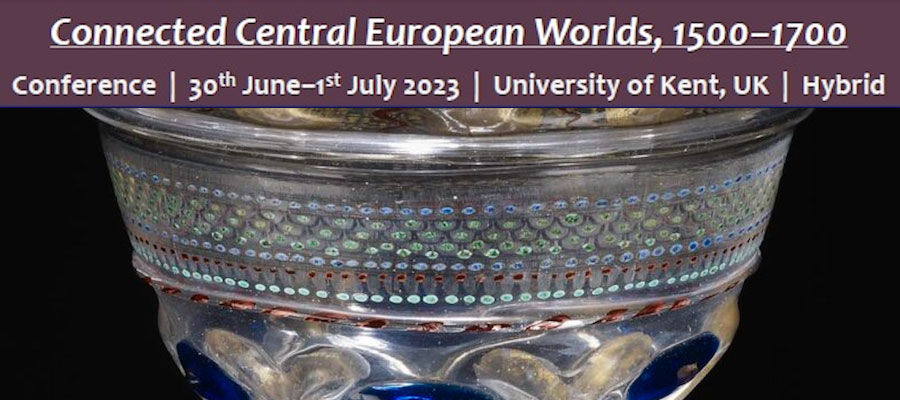Connected Central European Worlds, 1500–1700, University of Kent, June 30–July 1, 2023
Early modern Central and Eastern Europe, a multiconfessional, multiethnic, and multilingual realm, was a crossroads of Latin, Orthodox, and Muslim cultures. Home to Slavic, Germanic, Latin, Baltic, Finno-Ugric, and Turkic peoples, it sat astride a network of commercial routes, cultural interactions, and demographic flows that turned it into one of the most entangled regions of the early modern world. This conference examines how the complex transcultural nature of Central and Eastern Europe was co-shaped, fostered, and reimagined by artefacts, materials and visual culture, from food to art and clothing to weapons.
Topics might include (but are not limited to) the following:
- Object case studies.
- Religious, political, intellectual and cultural drivers for material movement.
- Individual artisans, merchants, patrons and consumers.
- Foodways and resources.
- Trade and migration.
